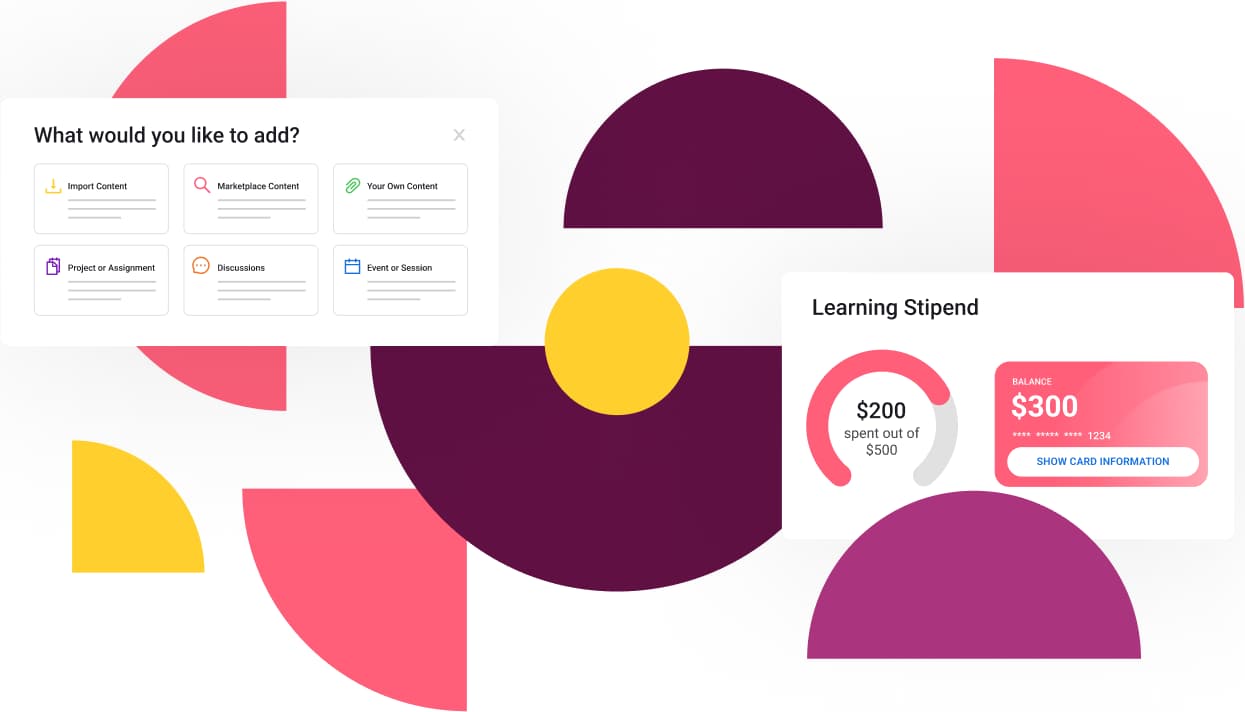What is the Skills Gap?
Digital transformation is automating manual business processes so rapidly that there are not enough employees with the digital skills to enable business operations. After the initial crash caused by the pandemic, the gap is widening faster. Shifting from relying on formal education to legitimize job candidates to on-the-job training opens the door to more populations and accelerates businesses’ skill development needs. Here’s how to approach it.
The term “skills gap” refers to the difference between the workforce’s skills and the skills that businesses need to deliver products and services.
In today’s context, the skills gap is primarily digital. Digital transformation is automating manual business processes so rapidly that there are not enough employees with the digital skills to enable business operations.
Digital-First is the New Normal
During the pandemic, “the digital skills gap hit an inflection point,” the Rand Corporation said, as businesses of all kinds went virtual. “Companies are facing a new challenge in a digital-first world: there’s just not enough people with the right digital skills to power their companies’ transformation now and in the future.”
“Digital skills cover a range of abilities related to the use of digital devices, communication applications, and networks to access and manage information,” Rand said, “from basic online searching and emailing to specialized programming and development.”
Quantifying the Skills Gap
The World Economic Forum (WEF) estimates that 85 million jobs will be replaced by technology by 2025. That’s the bad news. The good news is that this technology will create 97 million new jobs. The big question is, how will 97 million people acquire skills for jobs that haven’t been invented yet.
The pace of technology exacerbates the skills gap shrinking the “shelf life” of skills–the amount of time skills are relevant. Digital skills are obsolete in as few as two years, about the amount of time it takes to get an Associate’s Degree, which means that by the time someone graduates from a program, the skills gained may no longer be needed.
Traditional Training and Education Not the Answer
Training and education are the answers. But that doesn’t completely answer the “how” question. Rand said, “high costs and disorganized approaches with traditional education increase barriers to learning,” while “access to digital infrastructure and skills is limited by socioeconomic status.” In other words, formal education is too expensive, too slow, unaligned with business needs, and excludes populations most at risk of being left behind.
On-the-job training and retraining, most agree, are key to bridging the skills gap. A Capgemini/LinkedIn survey of hundreds of executives found that just 16 percent are confident of their ability to succeed in bridging the talent gap. “These organizations are taking strategic and tactical actions to address the problem and are confident that the gap will remain flat or decrease.” Keys to these “Pacesetters” approaches are:
- Upskilling to enabled the digital workforce to be more nimble and move to new roles
- Using new L&D methods to improve productivity
- A long-term skill-building strategy as opposed to reacting to immediate needs alone
Capgemini/LinkedIn identified six steps to a skill-building strategy:
- Align leadership on a talent strategy and the unique needs of digital talent
- Diversify recruiting approach
- Provide flexible and collaborative ways of working
- Give digital talent the power to implement change
- Create an environment that prioritizes and rewards learning
- Chart a clear career development path
Opportunity to Diversify
Shifting from relying on formal education to legitimize job candidates to on-the-job training opens the door to more populations and accelerates businesses’ skill development needs, WEF said. “Most companies, especially those in the technology industry, have been fishing from the same small pond for talent. It’s time to dive into the sea of talent traditionally underrepresented in tech, such as women, minorities, and other groups who have largely been excluded from the industry to-date.”
WEF cites a Dell initiative to hire and train people with disabilities like autism, “foregoing the traditional interview process, which can be overwhelming for some autistic candidates.” Instead, the recruitment process consists of a two-week assessment, followed by a 12-week internship with job coaching.
Real Challenge, Real Opportunity
The “skills gap is real,” staffing firm Adecco said in 2019. After the initial crash caused by the pandemic, the gap is widening faster. “In an increasingly digital economy, those organizations that bridge the talent gap will enjoy a competitive edge over those who don’t,” Capgemini/LinkedIn said. The opportunity is just as real–to rethink workforce development to boost long-term resilience.
Written By: Deeps Ramanathan, CMO, Learn In
About Learn In
Learn In is the first talent-building platform designed for companies to solve every barrier that stands in the way of creating tomorrow’s workforce. Organizations use Learn In to identify talent-building goals, design skill-based programs, learn together in cohorts with coaches, and access flexible financing, delivering measurable outcomes for every dollar spent on upskilling the workforce. Co-founded by the founders of Degreed, Learn In is backed by leading edtech & future-of-work investors, including GSV, Album, Firework Ventures, and Village Global, and has been covered in CNBC, USA Today, EdTechReview, EdSurge, and Techcrunch.
For more insights, follow us on LinkedIn, or subscribe to our newsletter to stay in touch.
